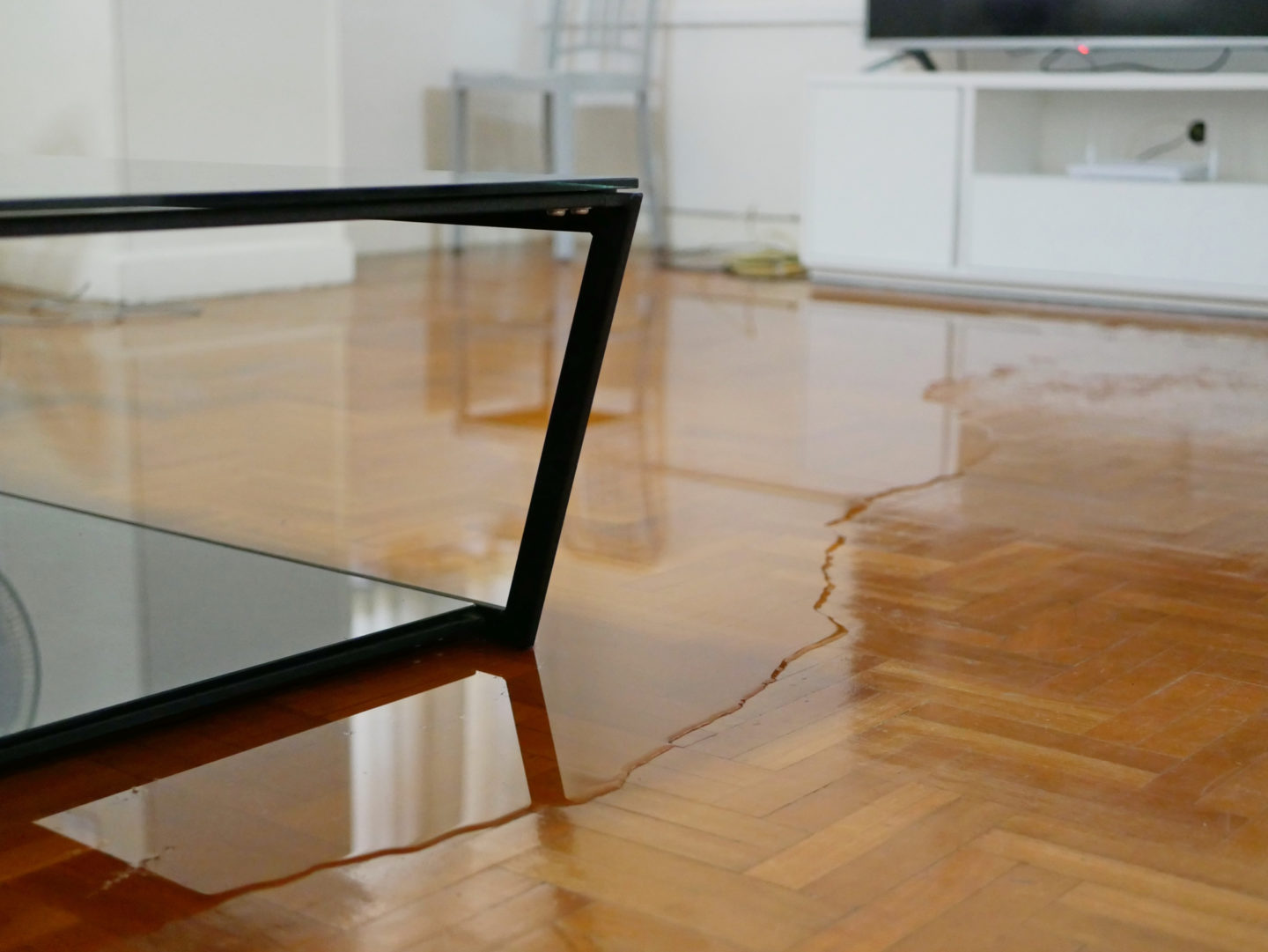Do's and Don'ts Throughout Water Damages Emergencies.
Do's and Don'ts Throughout Water Damages Emergencies.
Blog Article
Just how do you feel when it comes to What You Can Do At Home To Prevent Fire And Water Damage?

Water gives life, water breach on parts where it's not meant to be can result in damage. It can peel away surface areas as well as wear down the foundation if the water soaks right into your structure. Mold and also mold likewise flourish in a wet environment, which can be unsafe for your health. Houses with water damages smell stuffy and old.
Water can originate from lots of resources such as tropical storms, floodings, ruptured pipes, leaks, as well as sewer issues. In case you experience water damages, it would certainly be great to know some safety precautions. Below are a couple of guidelines on just how to take care of water damage.
Do Prioritize Residence Insurance Policy Insurance Coverage
Water damage from flood dues to hefty winds is seasonal. However, you can additionally experience an unexpected flooding when a malfunctioning pipe unexpectedly bursts right into your home. It would certainly be best to have home insurance that covers both acts of God such as all-natural tragedies, and also emergencies like damaged plumbing.
Do Not Neglect to Switch Off Utilities
In the event of a calamity, specifically if you live in a flood-prone location, it would certainly be advisable to switch off the primary electrical circuit. This removes power to your entire residence, protecting against electric shocks when water comes in as it is a conductor. Do not neglect to transform off the main water line shutoff. When floodwaters are high, furnishings will certainly move and also trigger damage. Having the main shutoff shut off protects against further damages.
Do Keep Proactive and also Heed Climate Notifies
Listen to discharge warnings if you live near a river, lake, or creek . Doing so minimizes potential home damages.
Do Not Disregard the Roof
You can stay clear of rain damage if there are no openings and leaks in your roof. This will protect against water from streaming down your wall surfaces and saturating your ceiling.
Do Focus On Small Leakages
A ruptured pipe doesn't happen overnight. You may discover bubbling paint, peeling off wallpaper, water streaks, water spots, or leaking sounds behind the wall surfaces. Have your plumbing fixed prior to it results in massive damages.
Don't Panic in Case of a Ruptured Pipe
Keeping your clearheadedness is crucial in a time of crisis. Worrying will just compound the trouble since it will certainly stifle you from acting quickly. Timing is crucial when it comes to water damage. The longer you wait, the more damages you can expect. Thus, if a pipeline bursts in your residence, promptly shut down your major water shutoff to cut off the source. After that disconnect all electric outlets in the area or switch off the circuit breaker for that part of your house. Call a reliable water damages reconstruction specialist for aid.
Water gives life, water breach on parts where it's not expected to be can result in damage. Homes with water damages odor stuffy and old.
Water damages from flooding charges to heavy winds is seasonal. You may notice gurgling paint, peeling off wallpaper, water streaks, water discolorations, or trickling audios behind the wall surfaces. When it comes to water damages, timing is crucial.
Water Damage Do's and Don'ts
Do's
Always use rubber gloves to protect your hands & rubber boots to protect your feet and legs. Damage from water and bacteria growth can begin within hours. Call for professional help. Remove as much water as possible by mopping and blotting with sponges. Pull up wet rugs and carpets if hardwood floors are below. Lift draperies off the floor, loop through a coat hanger and place the hanger on the drapery rod. Wipe furniture, prop up wet furniture cushions for even drying and place aluminum foil under furniture legs. Move photos, paintings, art objects, computers, other electronics and valuables to a safe, dry location. Do not remove books from shelves. Pack them tightly to prevent page warping until a restoration professional can begin this specialized drying. Ventilate wet areas. Turn on air conditioning for faster drying in summer (only if there is no visible mold) and winter, alternate cycles of opened windows and heating. Also, open drawers, closets and cabinet doors to enhance drying. Don'ts
Do not enter rooms where there is wet and sagging ceiling! Do not enter a room with standing water until electricity has been turned off. Do not use a regular household vacuum to remove water. Use heat to dry closed building interiors. Mildew and more moisture damage can occur. Do not use electrical appliances while on wet carpet or flooring. Do not disturb visible mold. https://www.myknowledgebroker.com/blog/personal-insurance/water-damage-dos-and-donts/

We hope you enjoyed our piece on Reducing Your Risk Of Water And Fire Damage At Home. Thank you so much for finding the time to read through our post. Loved our write up? Please share it. Let somebody else find it. We thank you for reading our article about 5 Home Safety Tips To Reduce The Risk Of Fire And Water Damage.
Report this page